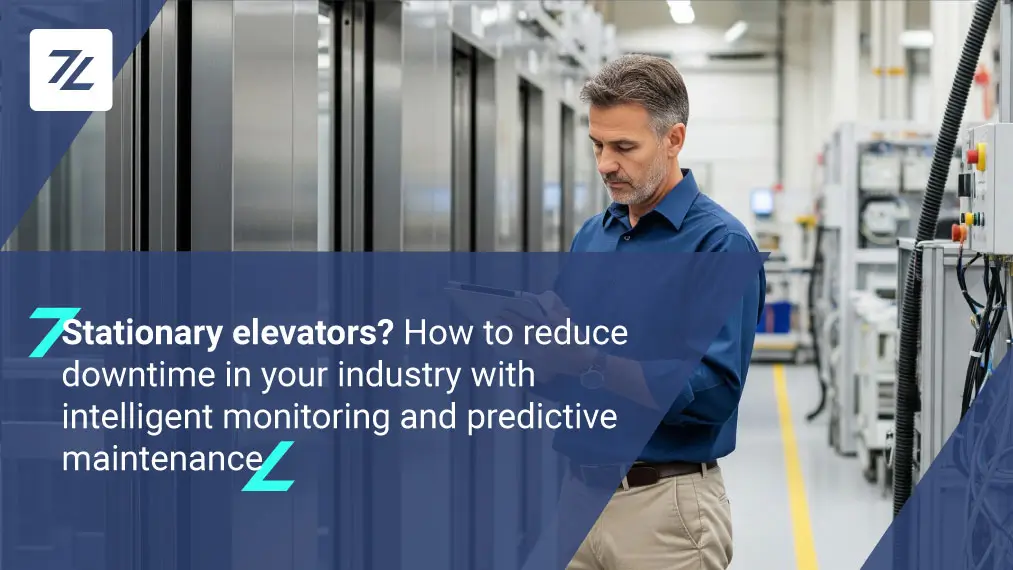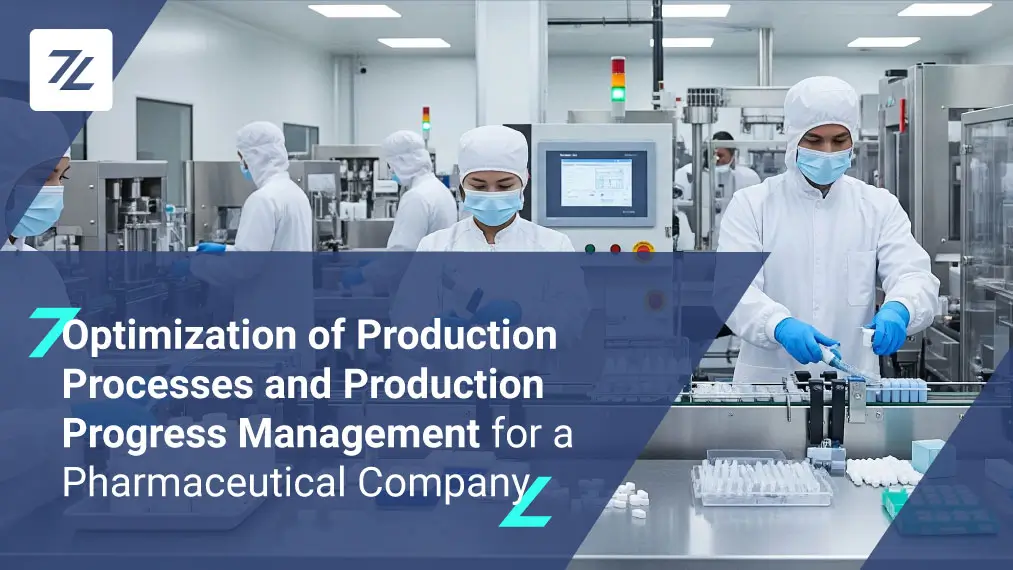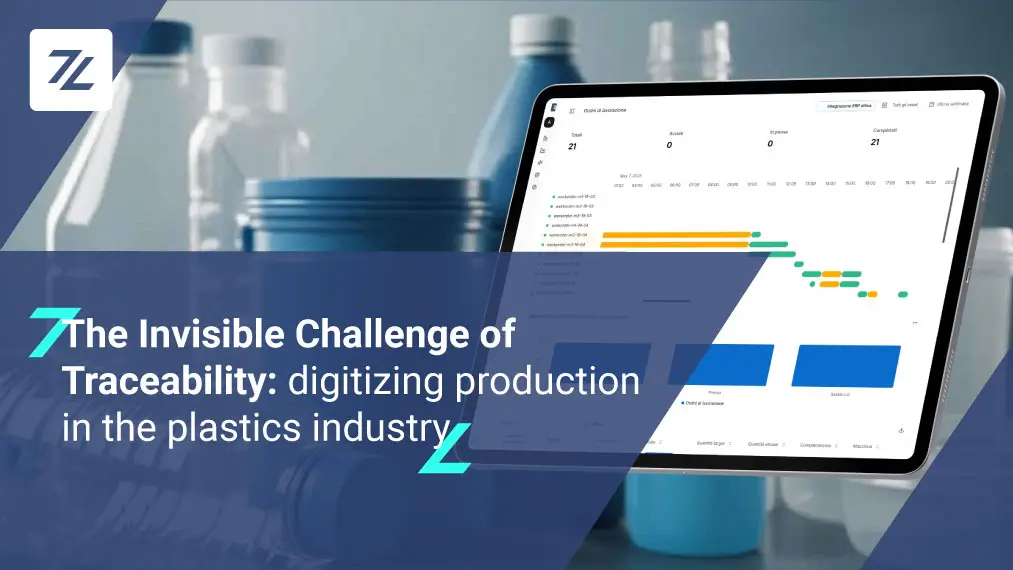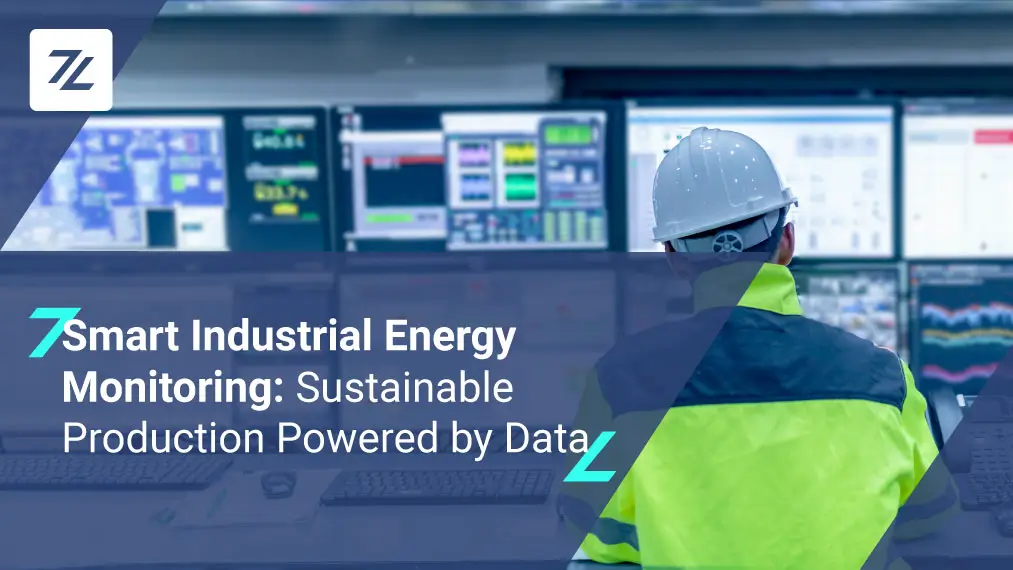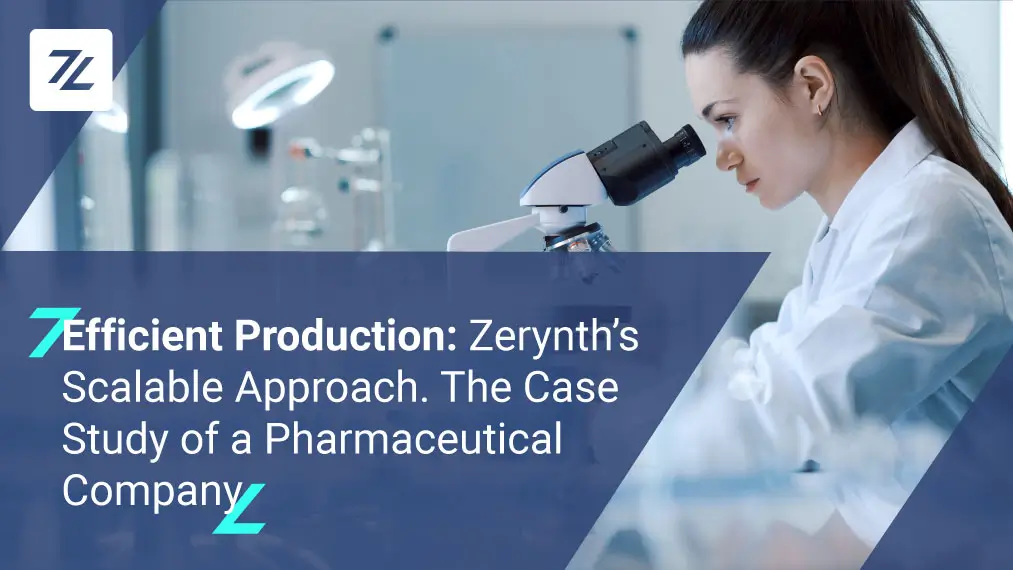On June 5, 2023 we celebrate World Environment Day: How can we make the waste industry more sustainable with IoT technology? Let’s explore it together.
Analyzing machinery data in a data-driven manner allows us to choose and design the most effective strategies for optimizing their performance. But how is this achievable?
Sustainability is simply a result of data analysis: cutting costs to make production more sustainable. What role do IoT applications play in the waste industry? Dive into the article to find out more!
World Environment Day
World Environment Day, established by the United Nations General Assembly for the environment in 1972, is celebrated every year on June 5th as a symbolic day to raise awareness about the importance of adopting intelligent and sustainable practices for a healthier environment. Each year, the program provides a theme and a forum for businesses, NGOs, communities, governments, and celebrities to support environmental causes.
This year, the focus will be on solutions to reduce plastic waste pollution as part of the #BeatPlasticPollution campaign, with the event taking place in the Netherlands.
Today, let’s explore how IoT technology applications in this context empower us to achieve greater sustainability.
The use of 4.0 Data-Driven Technologies
Industry 4.0 and current IoT applications offer numerous advantages in environmental monitoring, both directly by acting on territorial parameters (such as temperature, water, air, soil, etc.) and indirectly through vertical products/applications in specific sectors, with potential positive implications for the environment.
IoT applications in the waste industry allow for precise and granular monitoring of machinery operation, real-time data extraction, on-the-edge processing for strategic visualization and analysis. Among the many advantages and benefits of 4.0 solutions, flexibility and seamless integration ensure full process visibility and enable a data-driven approach that is essential for making informed decisions to benefit the business (direct impacts, process visibility and optimization, servitization, etc.).
In this regard, there are numerous direct and indirect positive implications for environmental safeguarding and sustainability, with a focus on operational management that minimizes environmental impact and maximizes efficiency and performance in the controlled production process. Through active monitoring of energy consumption and plant requirements, enabled by IoT technology, we gain vaulable insights into consumption patterns and identify opportunities for cost and resource savings
In this blog post, we will delve into the field of “sustainable IoT applications,” focusing primarily on IoT waste management and collection systems.
IoT Waste Management with Industry 4.0
Reducing environmental pollution and adopting sustainable practices is crucial for decreasing the negative impact of waste on the atmosphere. This encompasses the effective management of leachate and proper storage of waste at collection centers.
Leachate refers to the liquid resulting from waste liquefaction, which necessitates constant monitoring in wells. The leakage of this liquid into different levels is harmful to the environment and can cause significant adverse weather events.
Among the major benefits of IoT applications in the waste industry are:
- Active and continuous remote monitoring to better manage the surrounding environment.
- Elimination of pollution that would occur from frequent on-site inspections by personnel.
How does the process work in collection points?
The purpose of collection points is to control odors and ensure the continuous functioning of air cleaning systems. Monitoring primarily focuses on the state of doors where the waste is stored. While the direct impact of waste on the environment is not monitored, the goal is to optimize the management of collection points and maintain a healthy environment.
For example, the use of intelligent waste containers allows for the identification of the load level carried by trucks, optimizing collection routes, reducing waste collection costs, and improving recycling quality.
To effectively incorporate and utilize these iot waste management services, IoT applications establish a connection between the intelligent waste containers and a control center, where optimization software processes the data and determines the optimal management and route for waste collection trucks.
The Scapigliato Project: Leachate and Biogas
One of Zerynth’s use cases, focusing on IoT waste management, is the Scapigliato project, an Italian company specialized in waste treatment and disposal facility management. They were seeking a solution to enhance their production process, specifically to improve the management and monitoring of leachate generated at their landfill.
Zerynth’s IoT technology was implemented to simplify the operations management process, providing precise control over critical levels to avoid environmental leakage and promptly recognize potential contamination events.
In detail, each leachate well is equipped with a Zerynth device that communicates with the lifting pump controller through the Modbus RTU interface in order to monitor:
- Leachate water level
- Pump activation thresholds
- Pump operating hours
- Extracted leachate volume
The Zerynth Industrial IoT & AI platform, besides providing process visibility and displaying analytical dashboards, alerts and reports anomalies such as exceeding alarm thresholds, pump failure, and sensor level anomalies, enabling timely interventions.
The Next Step of the Scapigliato Project
The ongoingproject development involves the implementation of IoT applications for optimizing and capturing biogas in energy production. The aim is to reduce the release of odorous emissions into the environment by recognizing and preventing them.
In this case, the Zerynth Platform is capable of monitoring the operating conditions of the biogas capture station, including parameters such as depression levels, valve regulation status in individual lines and the manifold, biogas temperature, as well as the composition/concentration of biogas components (CH4, CO2, O2).
All acquisition signals (depression, temperature, valve status) and control signals (valve regulation) are transmitted using the 4-20mA current type. The biogas concentration values are acquired through an analysis station that communicates the data using the Modbus RTU protocol over RS 485.
An optimization algorithm (third-party software) continuously receives data from the Zerynth platform and sends field commands for precise valve adjustment that regulates suction, through APIs provided by the Zerynth platform.
Systems for Plant Monitoring
In our white paper “IoT Technologies in the Waste Management Industry,” we delve into more detail on how Industry 4.0 and IoT applications support companies in monitoring waste management processes from both an environmental and economic perspective.
IoT applications in the waste management sector provide businesses with an easy, fast, and secure solution. Visit our website to learn more about Zerynth and join us forour upcoming webinar to delve deeper into the topic.
Share This Story, Choose Your Platform!
Follow Zerynth on
Latest Posts


